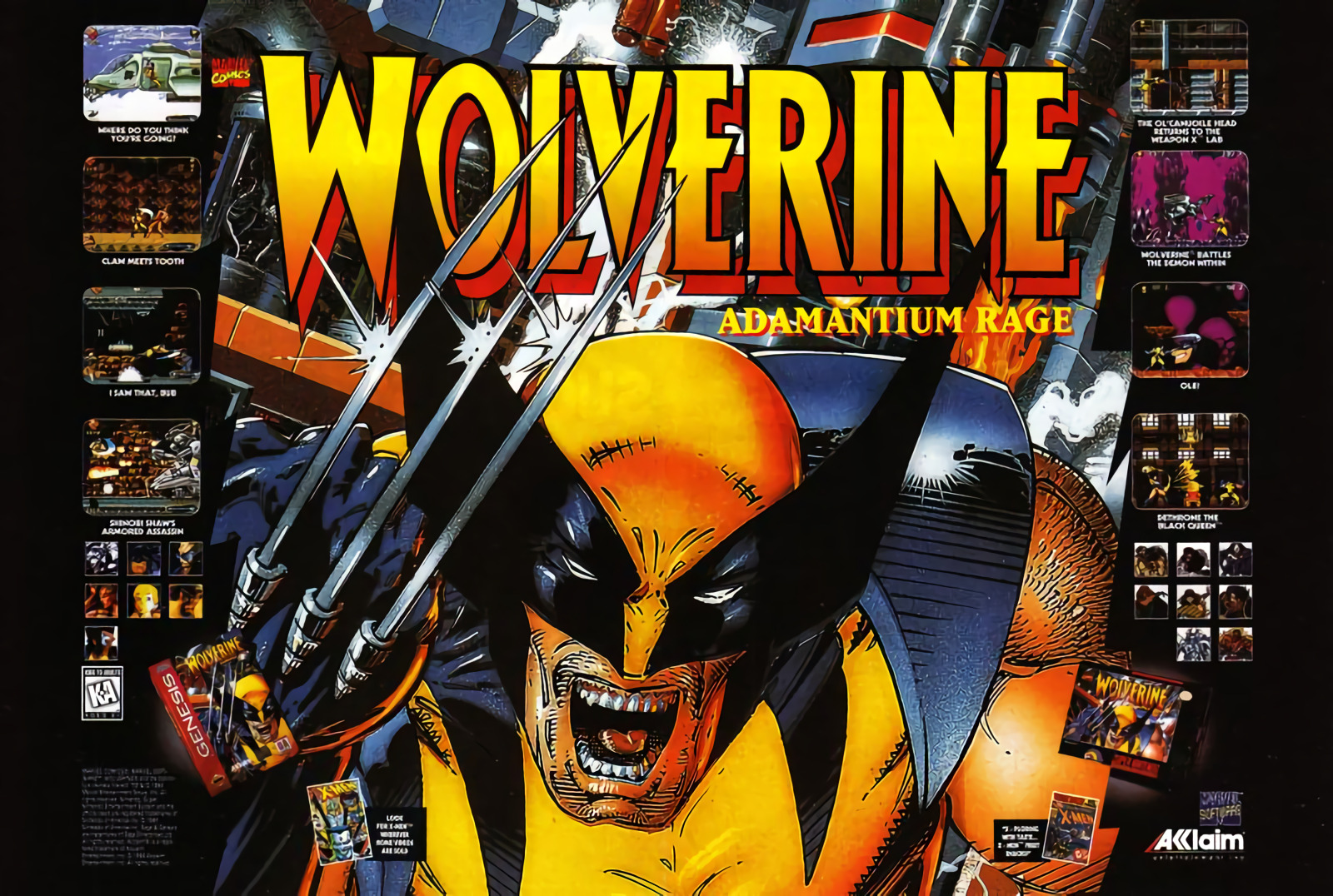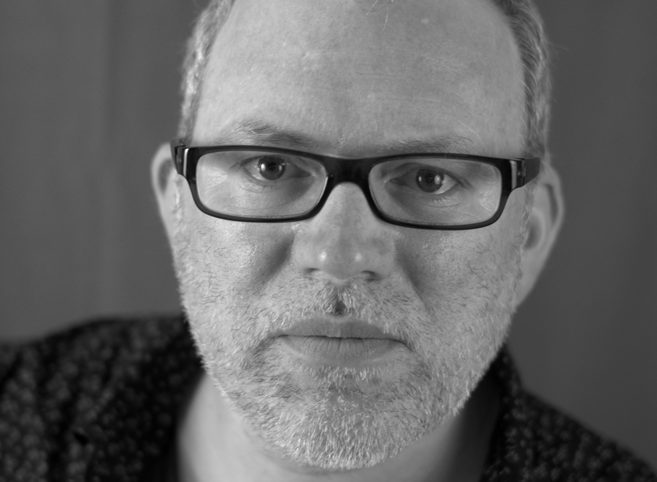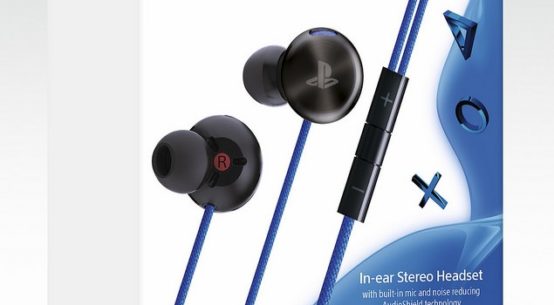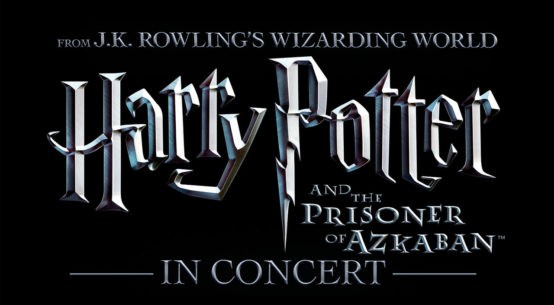
Dylan Beale wrote the music for the 1994 release Wolverine: Adamantium Rage. Recently the Boss 2 Music has been making waves, suddenly being proclaimed as the first ever grime instrumental! You can read more about that here:
http://www.factmag.com/2016/07/27/wolverine-adamantium-rage-first-grime-instrumental/
Sam Hughes speaks to Dylan, now Chief Production Officer at EdgeCase Games, about the track and what he’s up to now.
Firstly, thanks for speaking with us today Dylan, it’s great to have you!
So before we discuss the track that has been making recent waves in the grime community, how did you get involved writing the score for Wolverine: Adamantium Rage?
So prior to working in games I had spent several years working in record shops in North London during the day and writing, producing and releasing underground dance music in the evenings. Plus the odd DJ gig if and when I could get it, but the creation of music was my real driver. While working on some tunes with an outfit I was part of called Stuck to Your Lips someone we knew said we should try and get some work on a game a friend of his was making for Sega CD. So we put together some tunes for a demo, it was for the Alien IP. Unfortunately the game didn’t get signed so our demo was in vain, whether our breakbeat hardcore would have suit Alien is another question! That was in early ’93, but later that year the developer Bits Corp Ltd were looking for someone permanent to work alongside Shahid Ahmad in the audio department, I applied and was given the job in Jan ’94. Wolverine happened to be my first project…
What software/hardware did you use to write the music in for the game?
So I used an Atari ST with Cubase to record the midi, triggering samples from a Akai sampler, I then used a PC program called Sample Vision to process all the samples into their tiny 8bit 11kHz form, can’t remember the specs, but it would have been terrible. We’d then package them up and listen to them all on the SNES itself, if you didn’t loop the samples in increments of 32 you’d get an audible pop in the playback on the SNES audio chip. So I’d spend hours trying to get the looped sounds to sound good, and yet be as small as possible. Anything without any top end I’d take down to 11kHz so I could save some space for the hi hats and vocal samples to be 32kHz. I had to squeeze in all the sound effects and voice overs into the limited memory too! It was a real challenge, even after coming from writing dance music with only 2meg of memory on a monophonic Akai S950.
It must have been an interesting time to write music for games with all the memory restrictions, unlike today?
Absolutely, you really had to focus on every sound you put into the game, it was a craft which I came too late. The real issue for the audio team was that the score across the entire game would have a very similar timbre, which for a player would get tiring. Keeping things interesting, yet consistent for levels that could go on for an unlimited amount of time was really demanding. But things progressed very quickly after this with the introduction of CD and streaming, by 1996 I was working on PC CD games where you had most of the CD to put stereo Wav files which the game would stream and loop, everything changed then. In a way the art form of creating bespoke music for cartridges and chips starting to die off, which opened up game music to everyone. It was a difficult transition at first as the guys who’d been making game music for years understood how to write music specifically for a game, and not just write some generic orchestral “film” music. Of course all the publishers, producers and designers would push for Hollywood style film scores and production values added to their games, which in theory would work, but the skill of making them interact seamlessly with the game became a challenge for the programming team as well.
So over 20 years later this track gets rediscovered, how does it feel to suddenly be acclaimed as the writer of the “World’s first grime instrumental”?
I have to say it was hilarious, when I chatted to Paul at SBTV I had no idea that people had been playing around with the tune, then he explained it all to me and played me the mash ups I nearly fell off my chair.
Suddenly my twitter and Facebook feed went crazy and I was contacted by people from all over the world. It was odd as I probably hadn’t listened to that music for 5 or 6 years when someone else had contacted me after someone had placed it all on Youtube and asked if they could play it on loop in an art installation in New Zealand. I probably used one of my favourite phrases “The Worlds gone mad!”
It’s also spawned a few remixes, most notably Sir Pixalot’s, have you had a listen to these?
I tell you what, that mix would stand up in any club, it fits so well I couldn’t believe it. Just look at the number of plays it had in that week, about 34k! I loved it!
Has it made you want to return to writing scores for games?
I do love still being involved with the music in our games, I worked closely with Ciaran Walsh our Audio Director and Nick Carter to try and convey the feel we wanted for our product, but it’s best to let the experts lead the way in terms of the final choice and implementation. I have however recently got back into my first musical love which was DJ’ing, I occasionally get to DJ at Big Fish Little Fish events with Iain Baker from Jesus Jones fame playing classic dance music to kids, it’s amazing seeing how they react to dance music in an authentic environment, they love it! I’ve also been talking to my old Rude and Deadly/No Smoking peeps about resurrecting all our Drum and Bass for re-release/remix action, but I can’t imagine how time consuming writing a full score for a game would be. To be perfectly honest I’m not sure I have the musicality to embark on something like that now! Times have changed, but if there’s a game with a requirement for some banging old skool with an authentic retro vibe then I’m your man J
So what are you up to now, what are you working on currently?
Now I’m Development Director at Edge Case Games working on our PC Free to Play title Fractured Space, we’re currently in Early Access on Steam, but the game is getting very close to a Beta state. It’s exciting times as the feedback from the community is excellent, the game is epic, and we’re starting to get in all the features that will make this game a success.
LINKS
We hope you enjoyed the interview, feel free to check out more of these at the Interviews page. Also, don’t forget to sign up to our Monthly Newsletter to make sure you don’t miss anything!
If you’re feeling generous there’s also our Patreon page and we appreciate all the support!
The Sound Architect






One thought on “Interview with Dylan Beale”